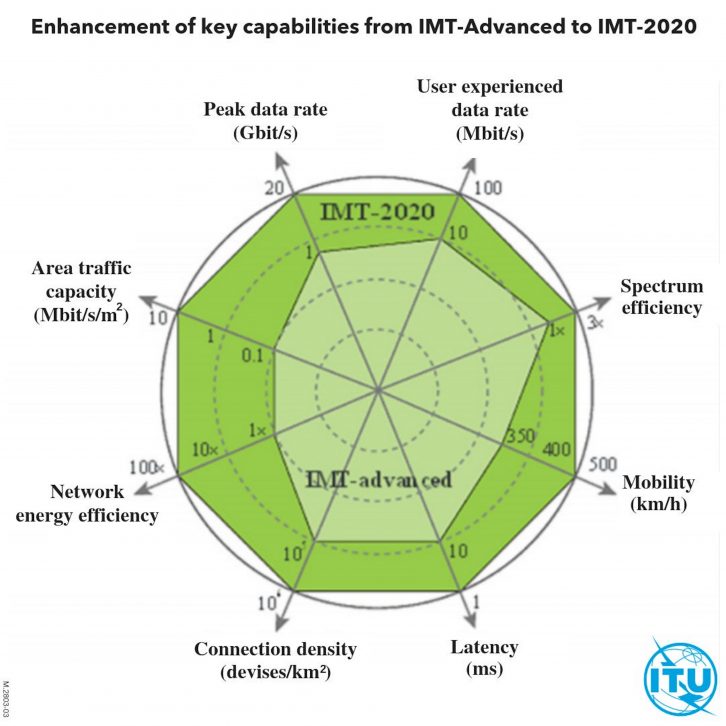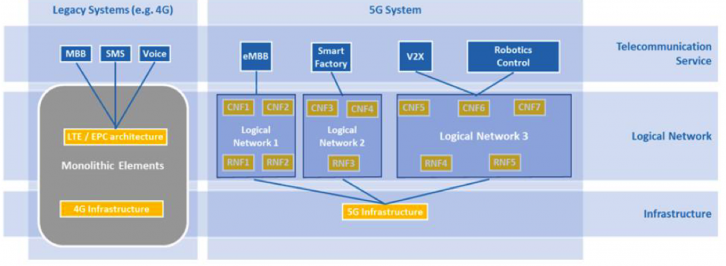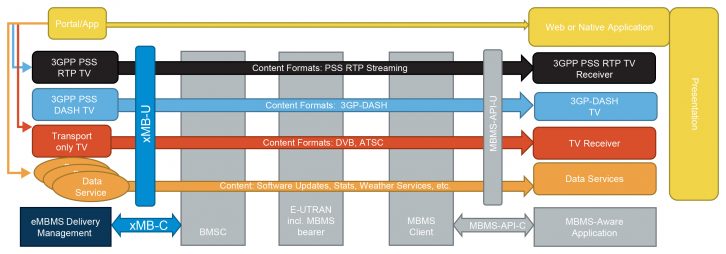Over the last decade, video consumption has totally changed. While television used to be a lean-back experience in front of the big screen in the living room, today’s viewing audience is mobile-centric. Research suggests that 75 per cent of worldwide video viewing is mobile, according to eMarketer. As video consumption on mobile devices rises, industry experts are predicting that 5G networks will play a major role in its delivery. This article will look at how the 5G landscape is evolving, the challenges, its impact on broadcast and mobile video and how 5G will shape the future of video content.
What is 5G?
5G is a wireless technology that is currently under development and deployment, and it offers several key benefits over 4G, the main technology used today. In particular, 5G offers a significant increase in spectral efficiency, cost per bit, delivered throughput and latency. Something important to know about 5G is that it’s fast. The current iteration of 5G is reaching speeds that are 20 times faster than 4G LTE. These capabilities will help operators meet the demand for high-quality video on mobile devices in the most efficient and affordable way possible.

Another innovation offered by 5G is network splicing, a technology that adapts the features and performance of the network per session to the service provisioned.

Many in the industry want to know when they can expect 5G networks to be rolled out on a mass scale, and the estimated dates are by the year 2020. However, 5G was tested for mobile production during the 2018 PyeongChang Winter Olympics and it was successful in providing powerful backhaul for mobile cameras worn by athletes, with low delay. Since 5G opens up extra network capacity, some unique applications were also tested during the Olympics, including 8K Field of View video capture of the content (field of view application) and multi 4K cams (free viewport application). For live sports, this is very exciting, as it enables new and more immersive experiences using powerful networks like 5G.
Will scalability issues persist with 5G?
Scalability has always been an issue for video distribution in sports stadiums and arenas. eMBMS (Evolved Multimedia Broadcast Multicast Service) was created to address this issue by allowing the same content to be delivered to a large number of users at the same time, resulting in more efficient use of network resources compared with an approach where each user receives an individual content stream. However, this technology is not deployed at scale (apart from in Australia and Korea). One of the reasons it failed to take off is because the network and deployed base of devices do not support this feature at a large enough scale.
With eMBMS, 3GPP release 14, this scenario will change, as it will allow operators to transport free-to-air video over 5G networks. The next generation of eMBMS resolves scalability issues for live events and may even be an alternative to a terrestrial transmission. It’s expected to be a success because this time the network and devices will support the feature at launch and there is more network capacity with 5G. Furthermore, the broadcasters (especially in Europe with EBU) are behind this ecosystem.

What role will 5G play in the future of video content?
The sheer network capacity of 5G means that operators can provide 100Mbps+ per user and serve up to hundreds of millions of subscribers, a level of performance that is not achievable with 4G unless the cell is nearly unoccupied. What does this mean for the future of mobile video? When 5G is introduced, it will enable high-quality full HD (1080p60) and even UHD services on mobile devices. However, the latter will require a higher resolution on the terminal side, as most of today’s devices support 1080p.
How can 5G compete for fixed broadband?
Most telcos are mobile and fixed operators. Some of them have lost market share (like in the US) by not being able to compete with DSL technology vs. DOCSIS cable broadband. With 5G, they can now offer a fixed wireless access, and depending on the density, we now see operators like Verizon in the US offering 300Mbps fixed broadband service for a very aggressive price. Fixed broadband deployments will feature Mi-Fi-type devices that enable ultra-fast and reliable internet to the home.
Conclusion
In the near future, we can expect 5G to first be a substitution to fibre in remote areas. In 2020 and beyond, additional applications, such as HD and 4K video to phones, 8K Field of View video, 4K free viewport, and high-quality 8K VR will make an appearance. Those will be key selling features of 5G to consumers.







